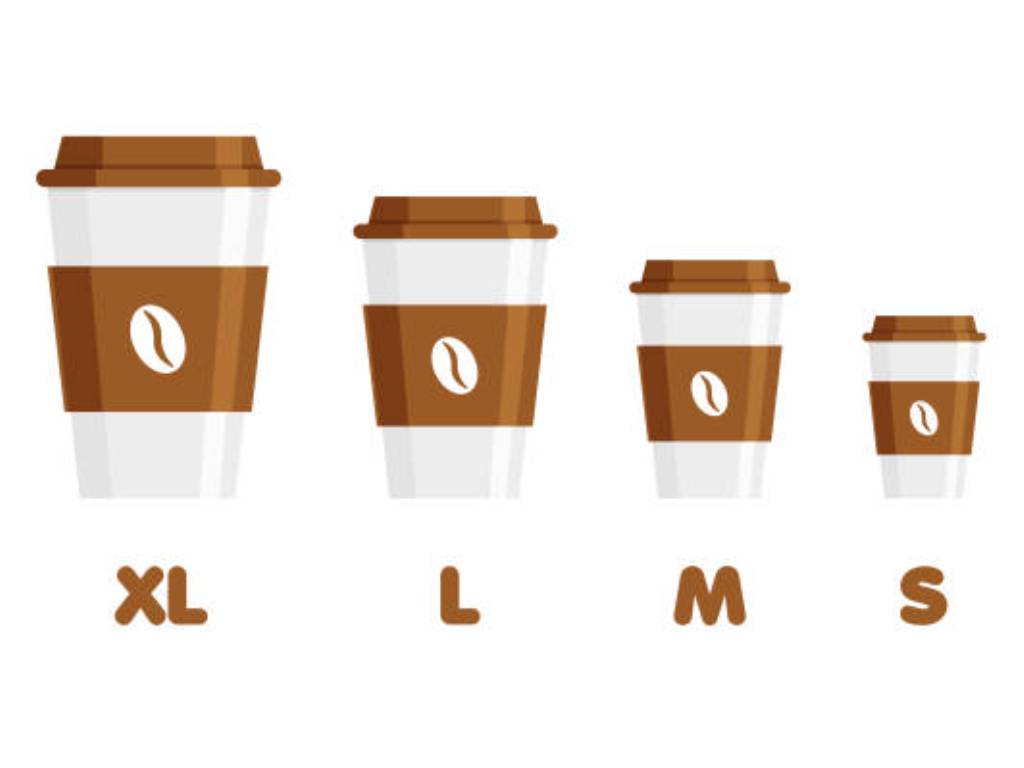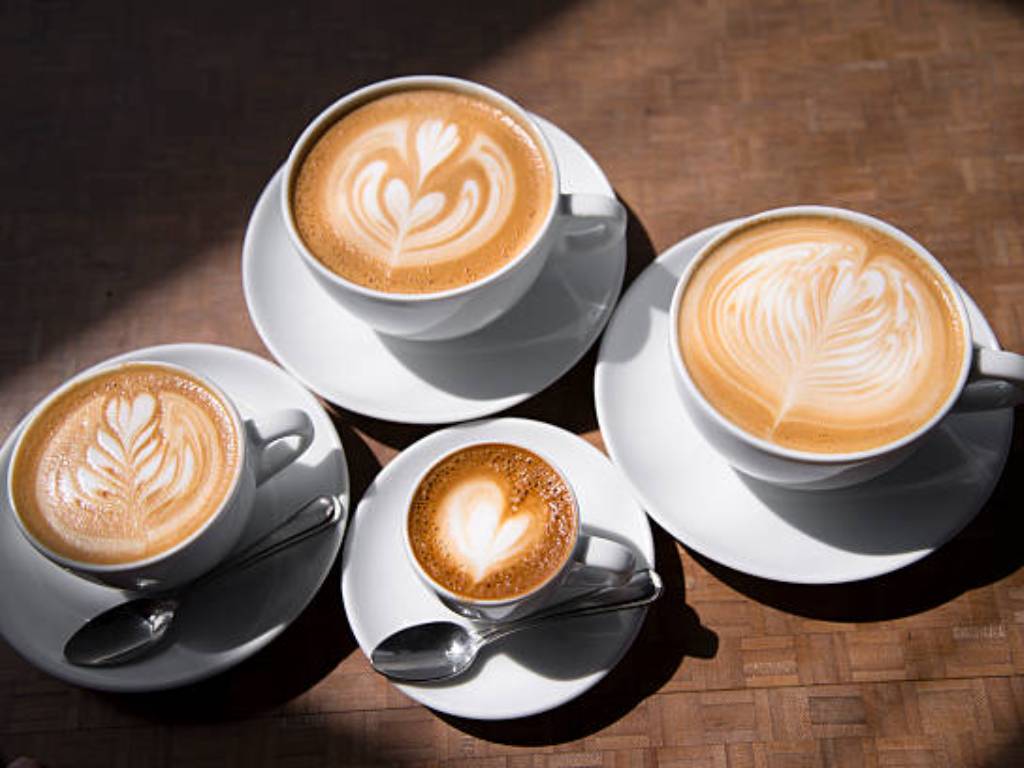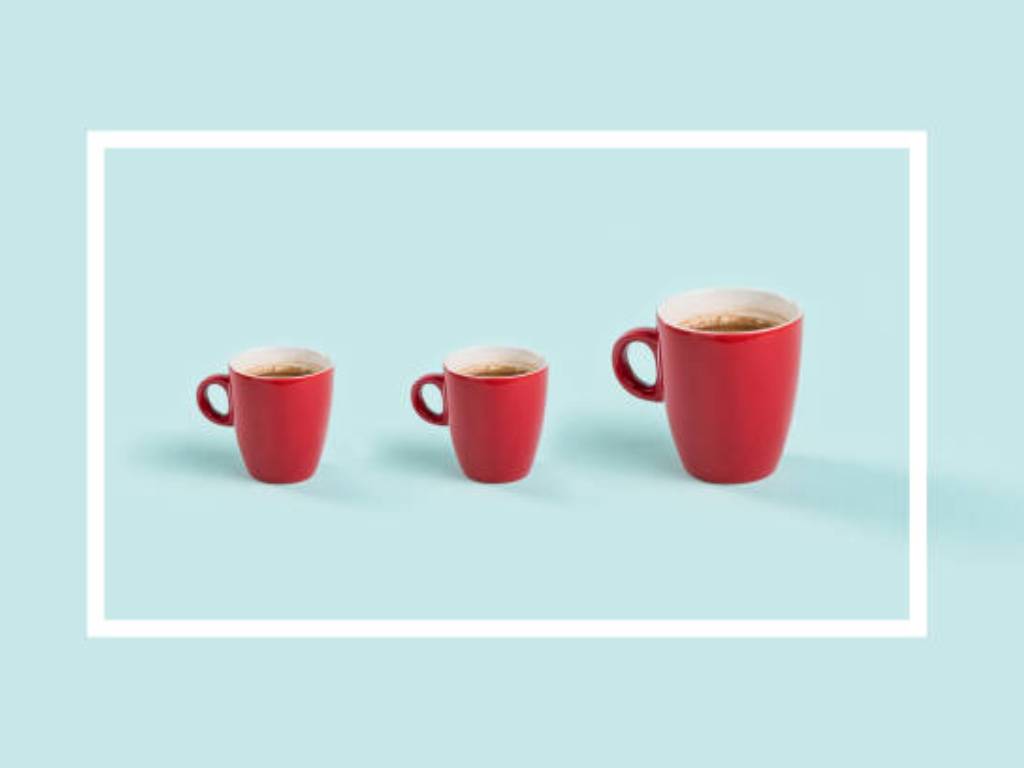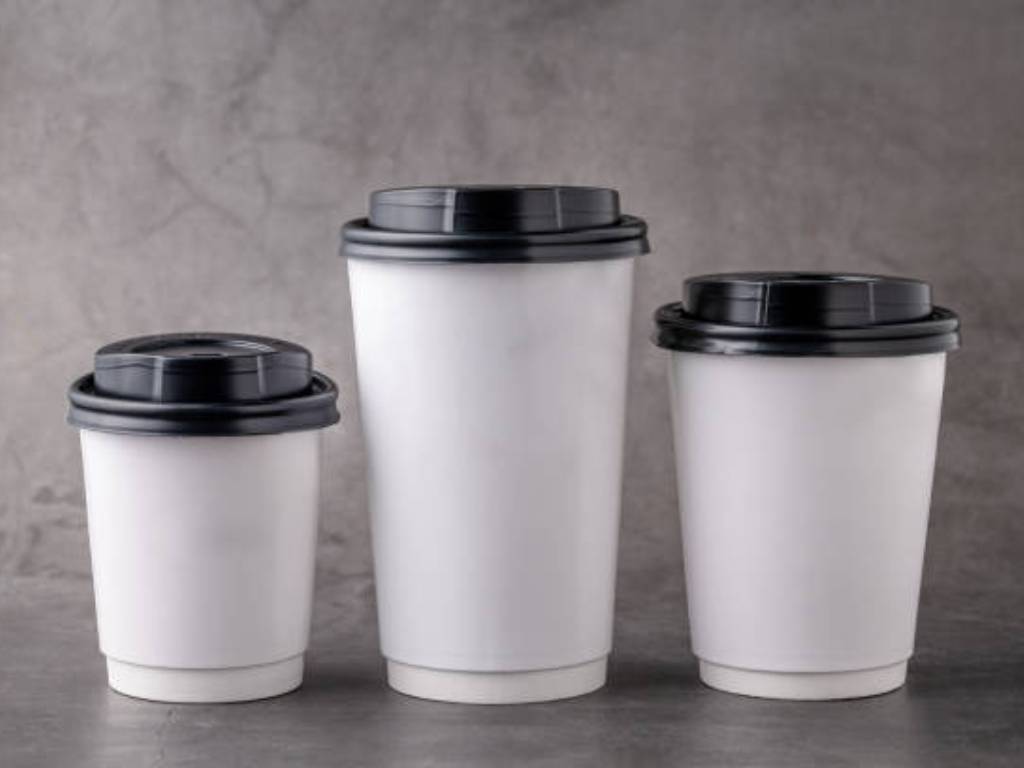Introduction
If you are a coffee shop owner or a barista, or even a coffee lover, you must know that making the perfect cup of coffee is much more than about the quality of the beans or the brewing method. The size precision of the cup is super important. It can affect the enjoyment of coffee flavour, the smell and even the look of your coffee. In this guide, we will be studying coffee cup sizes. We will discuss fundamental measurements and cultural differences.
Whether you are a long-time coffee lover or new to the business, it is necessary to know the nitty-gritty of coffee cup sizes. We will talk about the coffee sizes at the mainstream cafes. Also, we will cover the factors you should consider when you will be deciding on the size of your own shop. In addition to recommend you the top paper coffee cup supplier we will also assist you to make the right decision. Hence, let us begin this exploration of coffee cup size mysteries together.
The Standard Coffee Cup Size: How Many Ounces?
As the standard cup size is discussed, we should distinguish between paper coffee cups and mugs because they usually have different capacities and they are designed to meet different purposes.
Paper Coffee Cups:

Paper coffee cups are the primary option for on-the-go coffee purchases and have been developed for the sake of convenience and ease of transport. Generally, the standard size for paper coffee cups is 8 fl oz (236.6 milliliters), the standard size for a cup in the coffee industry. Nevertheless, paper coffee cups can be found in various sizes to meet different consumers’ preferences and drink choices.
Common paper coffee cup sizes include:
| Size | Volume (fl oz) | Volume (ml) |
| Small | 8 | 236.6 |
| Medium | 12 | 354.9 |
| Large | 16 | 473.2 |
| Extra-large | 20 | 591.0 |
These good sizes are in demand in the United States and many other countries. Other coffee shops may even provide larger sizes, like 24 fl oz (709.8 ml) or 32 fl oz (946.4 ml), to match the needs of customers who love bigger servings or want to share their beverage.
Mugs:

Mugs, on the other hand, are mostly used for at-home coffee drinking, and they can come in a more extensive variety of sizes and styles. The regular size for a coffee mug is close to 8-10 fl oz (236.6-295.7 ml) which is fairly the same as the regular size for paper coffee cup.
However, the size of the specialty coffee mug can be quite different based on the style and usage purpose of the mug. Some common coffee mug sizes include:
| Mug Type | Volume (fl oz) | Volume (ml) |
| Espresso | 2-3 | 59-89 |
| Cappuccino | 5-6 | 147.9-177.4 |
| Latte | 10-12 | 295.7-354.9 |
| Oversized | 16-20 | 473.2-591.0 |
Best mugs are not only of different sizes, but also of different shapes and materials, including porcelain, ceramic, glass and stainless steel. Each type has its own aesthetic and drinking characteristics. The size and style of mugs that you will be using in your coffee shop will mainly be dependent on the type of menu that you offer, on the preferences of your customers, and on the type of brand that you are.
What Are the Common Cup Sizes at Popular Coffee Shops?
While talking about the common cup sizes at the popular coffee shop, it has to be noted that the size of the paper cups used for takeaway order differs from the size of the mugs used for in-store consumption.
Takeaway Paper Cup Sizes:
1. Starbucks:
- Tall: 12 fl oz (354.9 ml)
- Grande: 16 fl oz (473.2 ml)
- Venti: 20 fl oz (591 ml) for hot drinks, 24 fl oz (709.8 ml) for cold drinks
2. Dunkin’ Donuts:
- Small: 10 fl oz (295.7 ml)
- Medium: 14 fl oz (414 ml)
- Large: 20 fl oz (591 ml)
3. Costa Coffee:
- Primo: 12 fl oz (354.9 ml)
- Medio: 16 fl oz (473.2 ml)
- Massimo: 20 fl oz (591 ml)
These sizes are tailored to customers who like the bigger portions or who want to have coffee with them. The biggest sizes will also enable you to include things like milk, cream, or other flavorings without affecting the coffee-to-ingredient ratio.
In-Store Mug Sizes:
When it concerns in-store consumption, coffee shops normally use mugs that are near to 8-10 fl oz (236.6-295.7 ml) size. Nevertheless, the exact dimensions could differ, depending on the drink which is being served.
- Espresso Cup: Usually served in small, 2-3 fl oz (59-89 ml) demitasse cups to enhance the strong and fragrant coffee flavors.
- Cappuccino Cup: Generally poured into 6-8 fl oz (177.4-236.6 ml) mugs where the espresso, steamed milk, and milk foam can coexist.
- Latte Cup: This is typically served in a larger mug, ranging from 10-12 fl oz (295.7-354.9 ml), to accommodate the espresso and a greater volume of steamed milk.
- Regular Coffee Cup: Usually served in 8-10 fl Oz (236.6-295.7 ml) mugs, which is close to the standard “cup” size.
Some coffee shops may provide larger mug sizes as well for in-store consumption, for instance, 12-16 fl oz (354.9-473.2 ml), for people who prefer larger servings or want to spend some time in the coffee shop.
It’s worth mentioning that although major coffeehouse chains have had a huge impact on how the cup sizes have been shaped, indie coffee shops may offer different sizes based on their own unique ideas and the preferences of the customers. As a coffee shop owner, it is important to take both takeaway and in-store cup sizes into account when designing the menu and purchasing inventory so as to ensure that you cater to the different needs of your customers.
Cultural Differences in Coffee Cup Sizes

While you are focusing on the cultural differences in takeaway cups and in-store mugs, you should also understand that the sizes of the cups may vary from country to country as well as from local coffee traditions.
Italy:
- Takeaway: In Italy, the practice of takeaway coffee is not as popular as in other countries. On the other hand, when Italians are selecting takeaway, they will go for the smaller sizes of 4-6 fl oz (118.3-177.4 ml) to ensure that the espresso is not compromised.
- In-store: A typical Italian espresso cup ranges from 2-3 fl oz (59-89 ml) and is served in small, thick-walled demitasse cups. Cappuccinos and lattes are commonly served in slightly bigger cups, that is, 5-6 fl oz (147.9-177.4 ml).
Japan:
- Takeaway: In Japan, takeaway coffee cups are smaller than in the USA, with sizes ranging from 8-12 fl oz (236.6-354.9 ml). This follows the Japanese coffee cup size of around 6.5 fl oz (192 ml) which is the standard cup size.
- In-store: In Japanese coffee shops, the coffee is served in smaller cups and is around 6-8 fl oz (177.4-236.6 ml) for on-site consumption. On the other hand, some coffee shops in big cities have made bigger sizes to attract the younger generation and Western culture.
Australia and New Zealand:
- Takeaway: The takeaway coffee cups in Australia and New Zealand are similar to those in the U.S. but common sizes in the region are 8 fl oz (236.6 ml), 12 fl oz (354.9 ml), and 16 fl oz (473.2 ml).
- In-store: Australian and New Zealand shop standard cup size is about 8.8 fl oz (260 ml), and this is a bit larger than the traditional Italian espresso cup. This size is a favorite for drinks like flat whites and long blacks, which are the regulars in the local coffee culture.
Turkey:
- Takeaway: There is not such a takeaway coffee culture in Turkey as the traditional Turkish coffee experience is related to social gatherings and in-store consumption.
- In-store: Turkish coffee is served in tiny, exquisitely decorated cups called “fincan” which hold around 2-3 fl oz (59-89 ml) of the strong, thick coffee. The small size helps to produce a strong flavor and a quick coffee break experience which is often combined with a glass of water and a sweet treat.
Choosing the Right Cup Size for Your Coffee Shop

When picking the cup sizes for your coffee shop, there are a few things to think about: When picking the cup sizes for your coffee shop, there are a few things to think about:
First, you need to understand what your customers like. Are they the people who are always in a hurry and prefer the oversized ones? Should customers choose bigger cups or smaller, more traditional-sized ones?
Next, consider what coffee drinks you will be providing. If you mainly make espresso drinks, like cappuccinos and lattes, then you may need different sizes. In this way, you can give people who like various amounts of milk and espresso.
In addition, consider what effect the cups sizes will have on the overall workflow and efficiency. Bigger cups could need more time to fill up and to be ready. The service of smaller cups can be sped up in your peak hours.
Finally, the size of the cup you select may also be an important part of your branding and the overall look of your coffee shop. Select sizes that are appropriate for your brand and your coffee drinks look great.
Ultimately, the best solution is to find a balance. You need to satisfy your customers, perform well and be brand consistent when choosing cup size.
YOON: We are Your Recommended Supplier for Paper Coffee Cups
At YOON, we are well aware of how essential it is for you to have reliable high-end paper coffee cups for your coffee shop. Our brand is a reliable supplier in the industry, and we have a wide variety of cup sizes to meet your specific demands.
Our paper cups for coffee are made of materials that are good for the environment. They are also designed to keep your coffee hot and it taste like it should. We have 8 oz cups for your regular brews and bigger sizes for your specialty drinks.
Along with our many cup sizes and many types of coffee cups, we also have custom printing. This allows you to promote your brand and make your customers remember you. Our team of experts is dedicated to providing you with top-notch customer service. We will ensure that your coffee shop has a dependable source of high-end paper cups made to last with durable, quality materials at all times.
Why YoonPak?
Strong productivity
Sustainable packaging
Multiple certifications
100% quality control
Conclusion
The coffee cup sizes might not appear to be a big deal, but they can have a great effect on the level of success of your coffee shop. Through knowledge of the standard sizes, cultural variances, and the right coffee-to-cup ratio, you will learn how to make smart choices on what cup sizes to offer.
While deciding on cup sizes, take into account your customers, what you offer on your menu, how fast you can work, and branding. And in case you are looking for a reliable supplier for your paper coffee cups, YOON is there for you. We will help you make your coffee shop thrive from beginning to the end.







